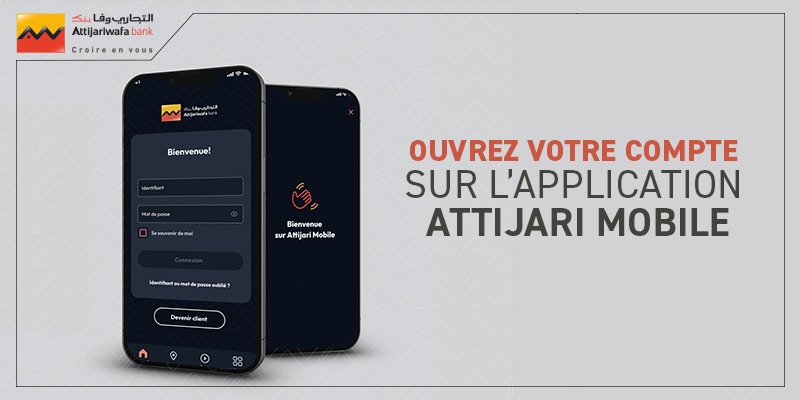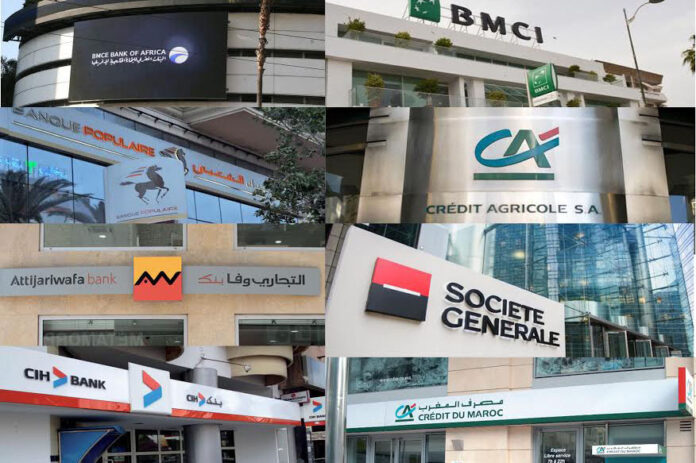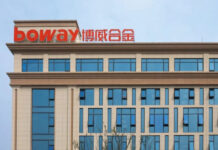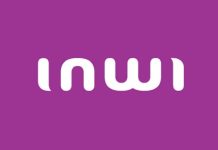Away from the spotlight, Morocco’s banking sector is undergoing a quiet but far-reaching transformation. In less than three years, two major banks have shifted from foreign to Moroccan ownership—not as part of a nationalist agenda, but as part of a larger strategy to build a strong, resilient financial ecosystem capable of supporting the country’s long-term economic goals.
The shift began in 2022, when Holmarcom acquired Crédit du Maroc. Through its financial holding HFC and insurance arm AtlantaSanad, the group led by Hassan Bensalah purchased the 78.7% stake previously owned by France’s Crédit Agricole S.A. This wasn’t just a change in shareholders; it marked a decisive move toward embedding the bank within a broader, industrial logic. For Holmarcom, it was a cornerstone in a diversification plan that now includes a fully-fledged banking arm.
One year later, Société Générale Maroc followed a similar path. Sold for €745 million, the bank is now preparing for a rebranding—likely to be renamed Saham Bank—with a strategic overhaul already underway. The official name change, scheduled for June 24, will symbolize more than just a new brand. It signals a deeper ambition: to develop banking institutions that are firmly embedded in the local economy and better aligned with national priorities.
This evolution is not unprecedented. Since the 1990s, Morocco’s banking sector has been shaped by a series of mergers and acquisitions that laid the groundwork for a more coherent financial system. Earlier waves—like the merger of SBC into BCM, SMDC’s absorption by BCP, or BBVA’s handover to Wafabank—helped consolidate the sector. Today’s deals continue that trajectory, reinforcing a market now led by stronger, more structured players.
What’s driving these moves is fundamentally economic. The goal is to create lasting synergies between insurance, banking, and financial services. As Zakaria Fahim, a partner at BDO, explains, the sector’s strength relies on prudent management, disciplined lending policies, and increasingly integrated governance frameworks.
The ripple effects extend beyond Morocco’s borders. The latest Jeune Afrique ranking of Africa’s top 500 companies shows Moroccan banks tightening their grip on the continent. Attijariwafa Bank, BCP, and Bank of Africa all rank among the top 20 African banks—a testament to both strategic expansion and the growing influence of Moroccan finance in the African market. These aren’t isolated achievements; they reflect a deliberate push to make Morocco a lasting financial force across the continent.
